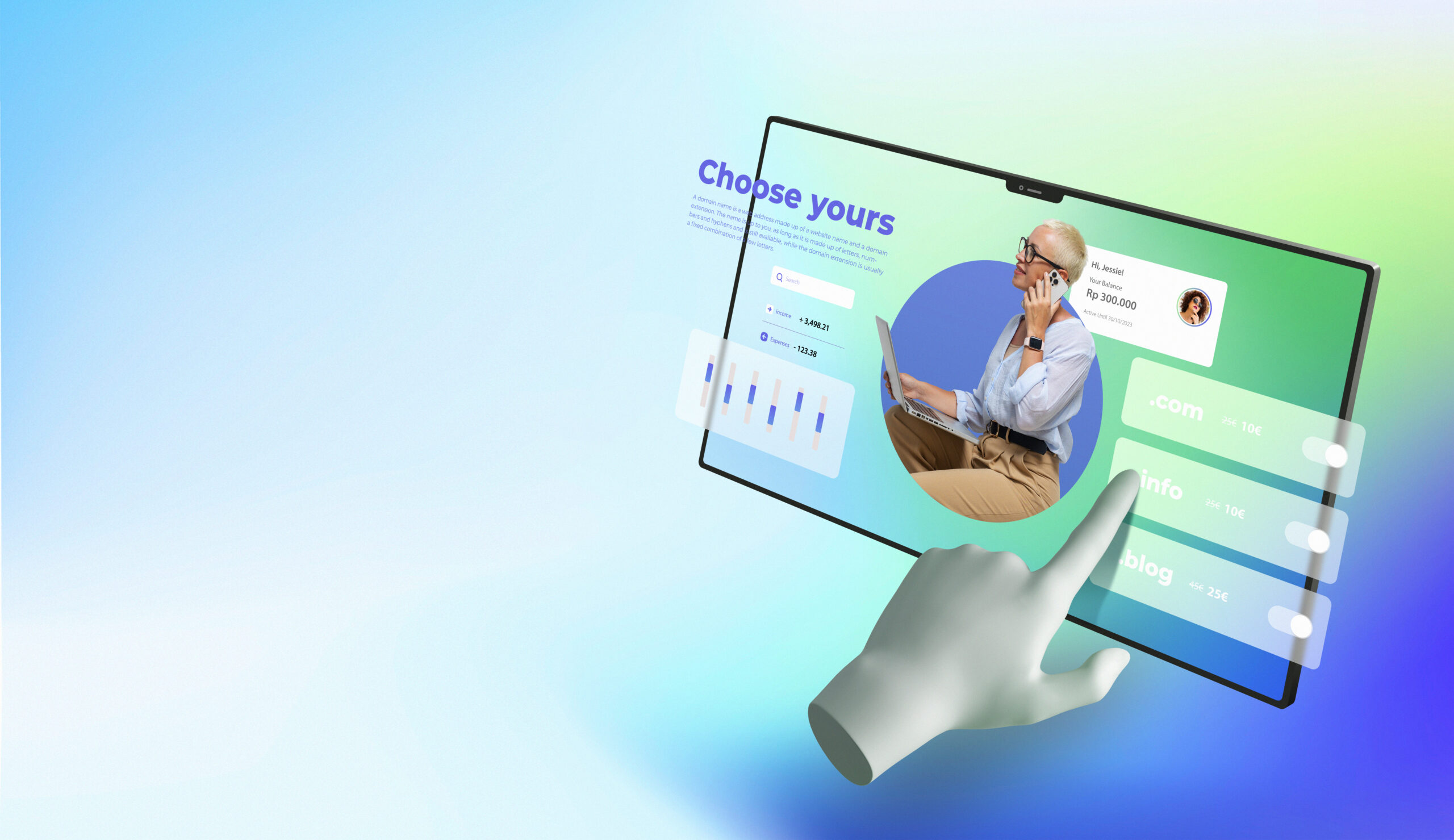In a world driven by the ever-growing thirst for technology, the search for efficient and reliable ways to deliver content on the web is an ongoing pursuit. Progressive Web Apps (PWAs) have emerged as a pivotal solution in this technological ecosystem. Being more than just a buzzword, PWAs represent an innovative approach that provides a seamless, engaging, and robust user experience. For businesses striving to stand out in the digital era, understanding PWAs and leveraging them properly can be a game-changer.
As the demand for responsive and fluid applications grows, the significance of PWAs becomes increasingly apparent. In this exhaustive article, we will delve into the essentials of PWAs, the mechanics that make them so efficient, and the compelling reasons to consider them in contemporary web development. The exploration of PWAs will be categorized into six distinct sub-topics.
For exceptional results, consider the Development Services by Webtec.
Understanding the Core Concept of PWAs
Progressive Web Apps blend the best of both worlds – web and mobile applications. Utilizing cutting-edge technologies, PWAs offer native app-like experiences on the web, enabling features like offline access, push notifications, and fast load times. This convergence of flexibility, reliability, and functionality heralds a new era in web development, ensuring that users enjoy a smooth and interactive experience.
Why PWAs are Essential for Modern Businesses
In the current competitive market, businesses must evolve to meet the ever-changing needs of consumers. PWAs represent a strategic move towards this goal. By providing a consistent experience across different platforms and devices, they help in retaining users, thereby boosting customer satisfaction and loyalty. Furthermore, the ease of maintenance and cost-effective development ensures that businesses can focus on innovation and growth rather than wrestling with technological complexities.
The Technical Framework Behind PWAs
PWAs are interesting. They use standard web technologies. HTML, CSS, and JavaScript are all part of the mix. But there’s more to it. They also have special features. These are called service workers and manifest files. Now, let’s break it down. Service workers are clever. They allow caching. They enable offline capabilities. Manifest files are equally smart. They let users add the PWA to their home screen.
Together, these features do something special. They boost responsiveness and increase appeal. Developers love this. That’s why PWAs are becoming their preferred choice. It’s all about creating better experiences for users, and PWAs do just that.
How PWAs Improve User Engagement
User engagement is at the core of any successful application, and PWAs excel in this area. With fast loading times, engaging designs, and seamless transitions, they provide an enriching user experience. Moreover, the ability to work offline or with low connectivity ensures that users stay connected. The integration of push notifications also aids in maintaining user interest and encouraging them to revisit the app, thereby creating lasting connections.
Extend your reading with: Is Web Development a One-Time Product or Ongoing Service?
Case Studies: Success Stories with PWAs
The adoption of PWAs by industry giants further validates their potential. Companies like Twitter and Pinterest have leveraged PWAs to enhance user experience and drive growth. These case studies demonstrate the tangible benefits of PWAs in real-world scenarios, providing insights into the implementation, challenges, and outcomes. Success stories with PWAs underline their versatility and effectiveness in different sectors, from e-commerce to social media platforms.
Conclusion
Progressive Web Apps represent a fundamental shift in the way we approach web development and user interaction. Combining the advantages of traditional websites with the power of modern technology, they offer unparalleled efficiency, engagement, and flexibility. The significance of PWAs transcends mere technological advancement. It encompasses a philosophy of user-centric design, efficient functionality, and innovative thinking. As we forge ahead in the digital age, PWAs stand as a testament to what we can achieve when creativity, technology, and business acumen work in harmony. Embracing PWAs is not merely adopting a trend; it’s investing in a future where the web is more accessible, enjoyable, and empowering for all.


